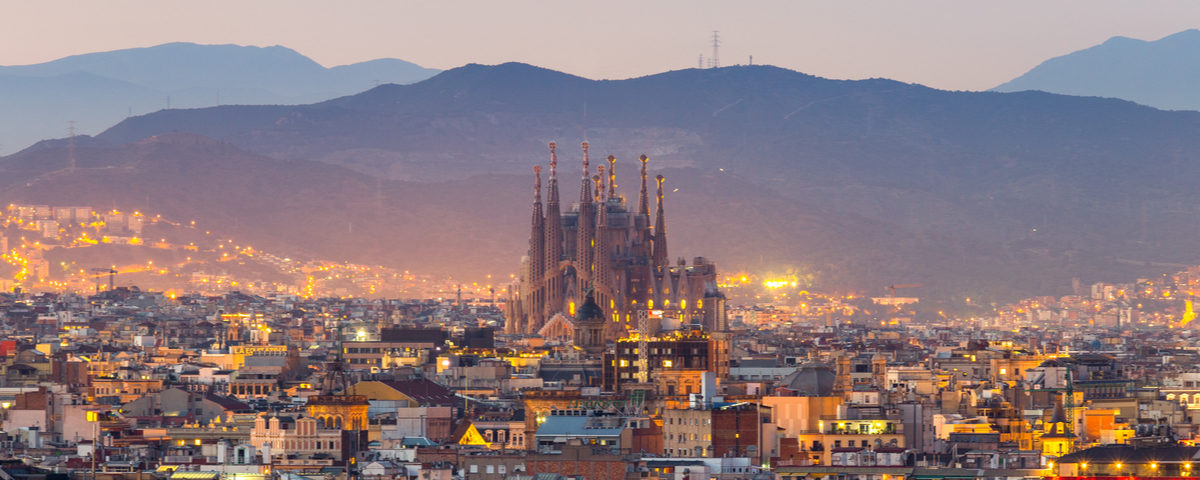Back in March I wrote a blog looking at some of the responses from the travel industry to the early stages of the crisis, and asked then which of those changes might be better made permanent. ‘What if governments gave tourism bailouts in terms of accommodation and experience vouchers for people most in need of holiday?’ I wrote. ‘Wouldn’t the benefits spread most widely through society if that was the case?’
Now as our industry enters a different phase, where we are tentatively reopening again, it is good to see examples appearing of governments and private sector initiatives introducing vouchers and creating other schemes to promote local travel, especially for those who have sacrificed the most during these last few months. I believe we need to see these schemes not as a temporary bridge back to normality, but rather a long term opportunity to base a new form of tourism on reciprocity and on stimulating our enjoyment and concern for the places where we live.
When one of Barcelona’s most iconic buildings, Gaudi’s Sagrada Família, reopens on 4 July it is making sure that locals and front line health workers get to enjoy it first. First it is opening a ‘Tribute Phase’, where hospital workers, workers from social organisations and NGOs and other key workers will be the only ones able to enjoy it. After that, a phase called ‘Barcelona Time’ will welcome residents of the city, before a final third phase will open the doors to tourists from across the world. The plan is a gesture of solidarity and thanks, but if it works and is well received by residents, might such an approach be tried on a more permanent basis, especially for attractions like this that are often incredibly crowded?
The Belgian government is giving all residents a pass for 10 rail journeys anywhere across the country before the end of the year, aiming to boost domestic tourism (while also supporting more sustainable ways of travelling). While this particular scheme has been criticised for lack of consultation with the country’s rail operator, the principle of encouraging people onto trains and to discover their own country is good. Of course, there is nothing new about discount railcards and family tickets, but in making them free (and giving each person 10) this project goes far further.
In the UK, the recently launched Give Them A Break is raising funds to provide low-income key workers with up to 10,000 free holidays and days out in partnership with UK charity the Family Holiday Association. The charity has been working for years to support disadvantaged families with short breaks, seeing the huge social benefit this provides. And in Northern Territory, Australia, they are also encouraging local travel through use of vouchers, with the regional government matching all money local residents spend on experiences in the Northern Territory, up to a value of up to $200.
If these schemes are popular they will encourage people to travel and spend locally, and these habits may stick. So why not carry them on beyond 2020? Isn’t it time to stop subsidising our most polluting activities, and start instead supporting and promoting the more life affirming ones? And rather than the old style of loyalty schemes to reward those most able to travel, shouldn’t we be designing schemes to thank those who most need a break?
Italy is to create a walking trail connecting all of its national parks, creating a vast opportunity for local holidays. The new Sentiero dei Parchi will expand the already 7,000 kilometres-long Sentiero Italia, which connects 18 of the country’s 25 national parks, adding in the remaining seven national parks as well as protected areas, biosphere reserves and Unesco natural sites. It would take a traveller many holidays to complete, offering endless opportunities for breath-taking scenery and some of the world’s finest food and wine, all without ever having to leave the country.
Meanwhile a private operator is connecting Austria and Germany with the Alpen-Sylt Nachtexpress, running a seasonal train between the German North Sea island of Sylt and Salzburg in Austria. Social distancing issues are addressed because tickets are sold for the entire couchette compartments, which have space for up to six people travelling together, avoiding any contact with other travellers during the 1000+km overnight trip. In France, the community-run Railcoop project is looking to increase the country’s rail capacity and reopen old regional railways, in a project involving citizens, railway workers, businesses and communities to run passenger trains and night trains on existing infrastructure.
Each of these initiatives offers a seed for better tourism. The more of these connections we make – linking paths, opening up railways, bringing people and their own heritage and environment closer together – the better chance we stand of building a more resilient and rewarding travel industry in the years to come.
You may also be interested in…
- Why is it essential for luxury travel and sustainability to have a harmonious future?
- Will 2020 define the future of tourism?
- How do we redesign tourism for a sustainable future?


